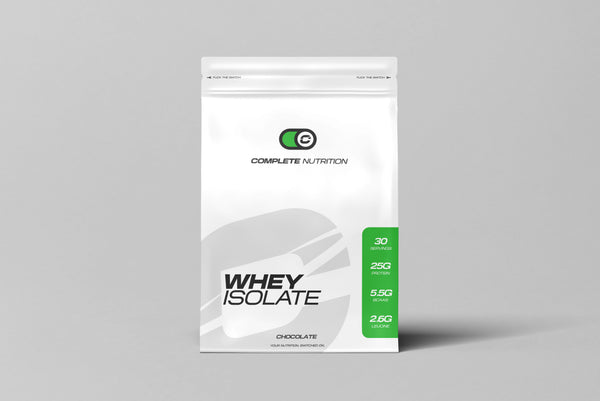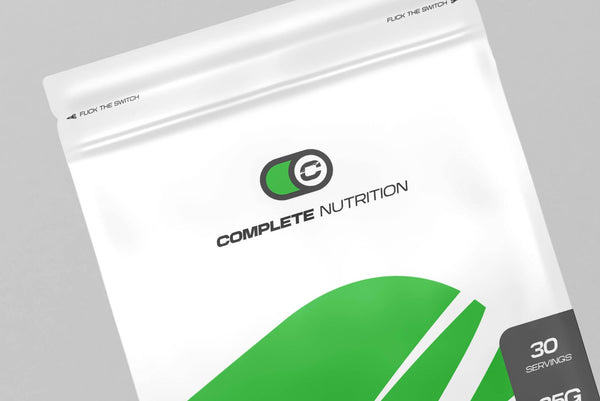Nail growth is something most of us do not think much about until we are trying to grow them out for a special event, recover from damage, or bounce back after biting or breakage. Whether you are waiting for your manicure to grow out or wondering how long it will take for your nails to recover after removing acrylics, it helps to understand the natural growth process. Fingernails do grow continuously, but the speed at which they grow can vary depending on your age, health, and daily habits.
Want to learn more about how collagen supplements work and which type is right for you? Visit our [Collagen Guidance Hub] for answers to all the most commonly asked questions about this essential protein.
Understanding Nail Growth Cycles
Your nails are made of keratin, a protein also found in skin and hair. They grow from the matrix, a hidden area underneath the cuticle, where new cells are formed. As these cells multiply and harden, older cells are pushed out to form the visible part of your nail. On average, fingernails grow at a rate of around 2.5 to 3 millimetres per month. That means it can take three to six months to completely replace a fingernail from base to tip.
Toenails grow more slowly, typically just 1 millimetre a month. They may take up to a year to grow out fully, which is why damage or trauma to the toenails often feels like it takes forever to heal. The slow pace of growth is perfectly normal and reflects the body’s natural priorities, with nail health not being quite as high on the list as other key functions like digestion or immune defence.
What Can Affect How Fast Your Nails Grow?
Several factors can influence how quickly your nails grow. Age is one of the biggest. Children and teenagers often experience faster nail growth because their cells regenerate more quickly. Growth tends to slow slightly as we get older, particularly after the age of 30. Hormonal changes, like pregnancy, may temporarily boost nail growth, while menopause may slow it down.
Nutrition also plays a key role. A balanced diet that includes enough protein, vitamins, and minerals helps support the health of the nail matrix. Collagen, in particular, may contribute to improved nail structure and growth. If you are lacking in nutrients like biotin, iron, zinc, or vitamin C, you may notice your nails growing more slowly or becoming weaker and more prone to breakage.
Your health status also matters. Chronic illnesses, certain medications, or hormonal imbalances can affect nail growth and condition. If your nails suddenly stop growing or become noticeably thinner or ridged, it is worth speaking to your GP.
The Impact of Nail Damage
If your nails have been damaged due to biting, acrylic removal, or trauma, the visible recovery can feel quite slow. Even with proper care, it may take three months or more for the nail to regain its original strength and length. The base of the nail is often the most sensitive and takes the longest to fully grow out, so any issues like peeling or splitting near the cuticle may linger for a while.
Wearing artificial nails, biting, or filing too aggressively can all interfere with the natural nail cycle. In some cases, the nail matrix itself may be temporarily affected, which can slow growth or change the shape of new nail cells. Being gentle during the regrowth process is key to allowing the nail to return to its full potential.
Can You Speed Up Nail Growth Naturally?
There is no instant solution to speed up nail growth, but some habits may help support the process. Eating a balanced diet with enough protein, healthy fats, and essential nutrients is a good place to start. Collagen supplements may also contribute to stronger, healthier nails over time by supporting keratin structure from within.
Keeping your hands and nails moisturised helps reduce breakage and peeling, which can give the appearance of faster growth even if the underlying speed remains the same. Applying a nourishing cuticle oil daily can keep the nail matrix and surrounding skin healthy, allowing new nail cells to grow in properly.
Protecting your hands from harsh cleaning products and excessive water exposure can also make a difference. When your nails stay hydrated and free from damage, they are more likely to grow without splitting or snapping, making it easier to maintain length.
How to Support Nail Growth After Damage
If you are growing out your nails after damage or acrylic removal, patience and consistency are key. Trim your nails regularly to remove any weakened edges and encourage stronger growth. Use a strengthening base coat if you enjoy wearing polish and give your nails a few polish-free days each week to rest.
Avoid biting or picking, as this can slow down recovery and increase the risk of infection. Instead, keep your hands busy and use cuticle cream or hand lotion as a barrier to protect the area. Over time, you should notice your nails becoming stronger and more resilient.
How Long for Nails to Grow Back After Injury?
If a nail has been completely lost due to injury or infection, the regrowth process is longer. A full fingernail can take around six months to grow back completely, while a toenail may take up to a year. The new nail may look slightly different in texture or shape, especially if the nail matrix has been affected, but it often returns to normal with time and care.
In the meantime, it is important to protect the area, keep it clean, and avoid unnecessary pressure or trauma while it heals. Wearing gloves during housework or gardening can help protect a vulnerable regrowing nail from further harm.




Share:
Is Vaseline Good for Dry Skin
What Skin Toner Does